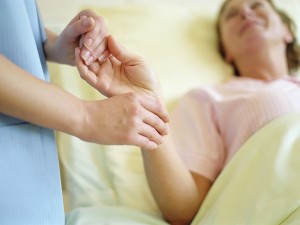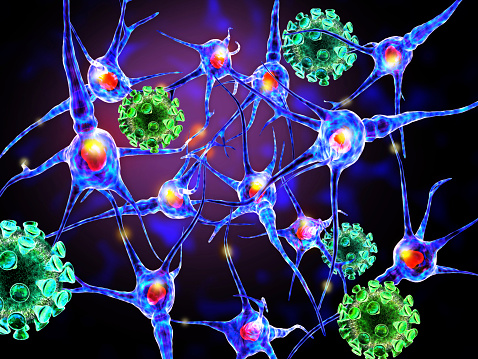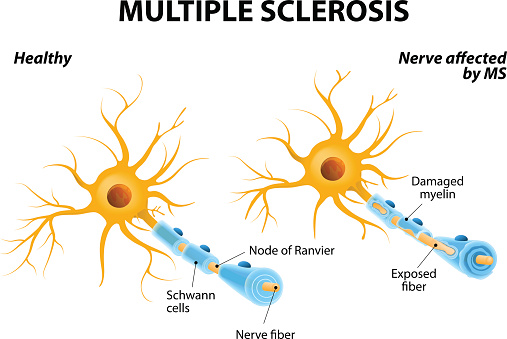Multiple sclerosis in women can lower food folate, vitamin E, and magnesium levels
Multiple sclerosis in women can lower food folate, vitamin E, and magnesium levels. A reduction in these vitamins and minerals can lead to serious health consequences, as they work as powerful antioxidants and contribute to overall good health. The researchers looked at 27 Caucasian women with multiple sclerosis and compared them with 30 healthy women ...click here to read more














